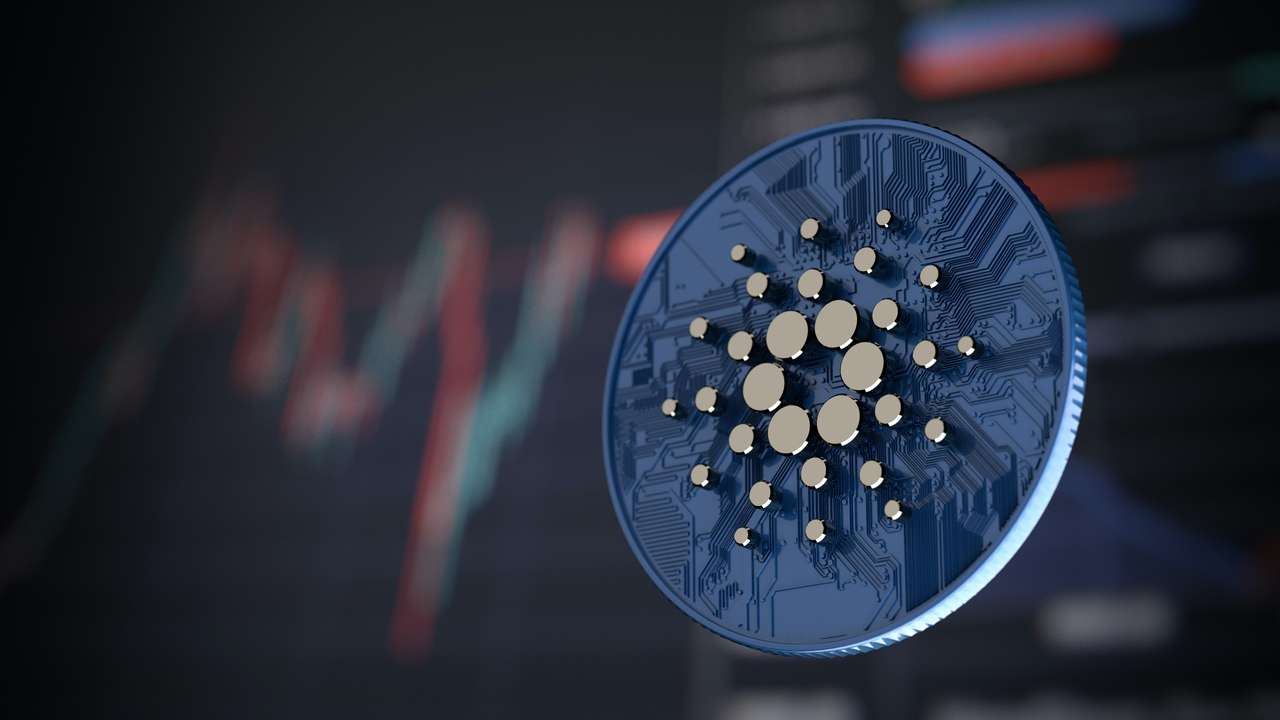
- According to a recent blog post from Input Output HK, the Cardano network has recorded massive development in different sectors.
- The Valentine update coupled with the launch of the Djed coin, are cited as some of the factors that have aided network growth.
The InputOutput organization behind the Cardano blockchain revealed that the network has hit many relevant milestones. In the recent blog post, the impactful improvements made on the Cardano network were detailed in full. Since the start of 2023, Cardano has made progress in the core areas of interoperability, scalability, and sustainability.
In this blog, we summarize the subtle yet impactful improvements made so far this year in #Cardano‘s core areas of interoperability, scalability, and sustainability.https://t.co/I0od7Czu38
— Input Output (@InputOutputHK) May 11, 2023
The blog post noted that the Cardano blockchain is slowly and securely becoming a blockchain with the capacity to host a new DeFi system. Thanks to the biggest upgrades carried out in previous years, using hard forks and stake delegation have entered the network. Also, native assets, NFTs, Plutus, and Marlowe smart contract platforms have been added to Cardano.
It is worth noting that improvements this year have been rather subtle. However, they deeply affect the core earwax of the network, including interoperability, scalability, and sustainability, all of which define Cardano as a third-generation blockchain. The blogpost revealed;
First off, February’s upgrade, Valentine, helps developers to create software that uses smart contracts, and extends the compatibility of Cardano with other blockchains. The upgrade name came from the scheduled release date coinciding with Saint Valentine’s day – for the love of DApps!
The Valentine upgrade, as the blog stated, also supports the SECP256k1 curve, which a handful of leading cryptocurrencies utilize for their public key cryptography.
The Valentine upgrade adds support for a curve called SECP256k1. Bitcoin, Ethereum, and Binance Coin use this for their public key cryptography, so the change improves compatibility between Cardano and these other leading blockchains. In particular, people and firms creating decentralized applications (DApps) on Cardano will be able to use two more types of signature, Elliptic Curve Digital Signature algorithm (ECDSA) and Schnorr, to verify data.
Cardano records growth in different aspects after carrying out multiple network upgrades
Notably, this is one of the additions to Cardano’s native signature algorithm known as the Edwards-curve Digital Signature Algorithm (EdDSA).
When it comes to scalability, Cardano mentions that it has in fact made significant progress. Thanks to the Hydra technology which currently sits on top of the Cardano as a layer 2 protocol, developers have the ability to make their own mini blockchains.
In addition, Hydra heads allow for the speeding up of processing time for applications. It also takes this burden away from the main chain which would be doing the work instead. Hydra’s impact doesn’t end there. Going even further?
The Hydra technologies now help to cut down on the cost of transactions. These benefits have led to Input Output Global (IOG) working with MLabs to build an auction using the Hydra technology. This inevitably highlights the power of technology. Going forward, another massive project referred to as the Obsidian Systems will introduce payments using Hydra technology.
Dynamic P2P also does a lot for the overall sustainability of the network. With peer-to-peer communication, network conductivity stays decentralized by allowing relay nodes to interact directly with each other.
The network advancement can be credited to the release of the Cardano node software, which introduces more automated communication capabilities (versions 1.35.6 and 1.35.7).
The process of node selecting other nodes to communicate with, during the process of transaction validation, or during the process of carrying out many different tasks necessary to keep Cardano active, has been automated as a result of the recent update. Denial of service attacks, or DoS attacks, are very common. However, Dynamic P2P works to improve network security by making the network more resistant to denial-of-service (DoS) attacks.
The network also recorded the addition of another decentralized finance (DeFi) jigsaw, following the launch of the Djed stablecoin on the Cardanonneteork back in January. In just 24 hours after the launch, 27 million ADA backing was made available on exchanges like MinSwap, MuesliSwap, and Wingriders.
Djed will open the doors for more DeFi opportunities for the entire Cardano network. As six ADA tokens back each Djed’s coin, so as to maintain the stability of the coin’s price. Djed will also be used for the settlement of payment and the covering of network fees.
No spam, no lies, only insights. You can unsubscribe at any time.
Conclusively, Cardano acknowledged that IOG had expanded its training courses which are designed to benefit programmers and fintech workers that lack in-depth programming experience. The citruses are highly technical and Q&A based. They cover Marlowe and Plutus-related topics.
Over 500 people at IOG “have been beavering away on Cardano,” the blog added. As a result, more than 180 projects have been launched while thousands are still in the works. IOG reiterates that it is committed to advancing the network with every new upgrade.
Crypto News Flash does not endorse and is not responsible for or liable for any content, accuracy, quality, advertising, products, or other materials on this page. Readers should do their own research before taking any actions related to cryptocurrencies. Crypto News Flash is not responsible, directly or indirectly, for any damage or loss caused or alleged to be caused by or in connection with the use of or reliance on any content, goods, or services mentioned.
